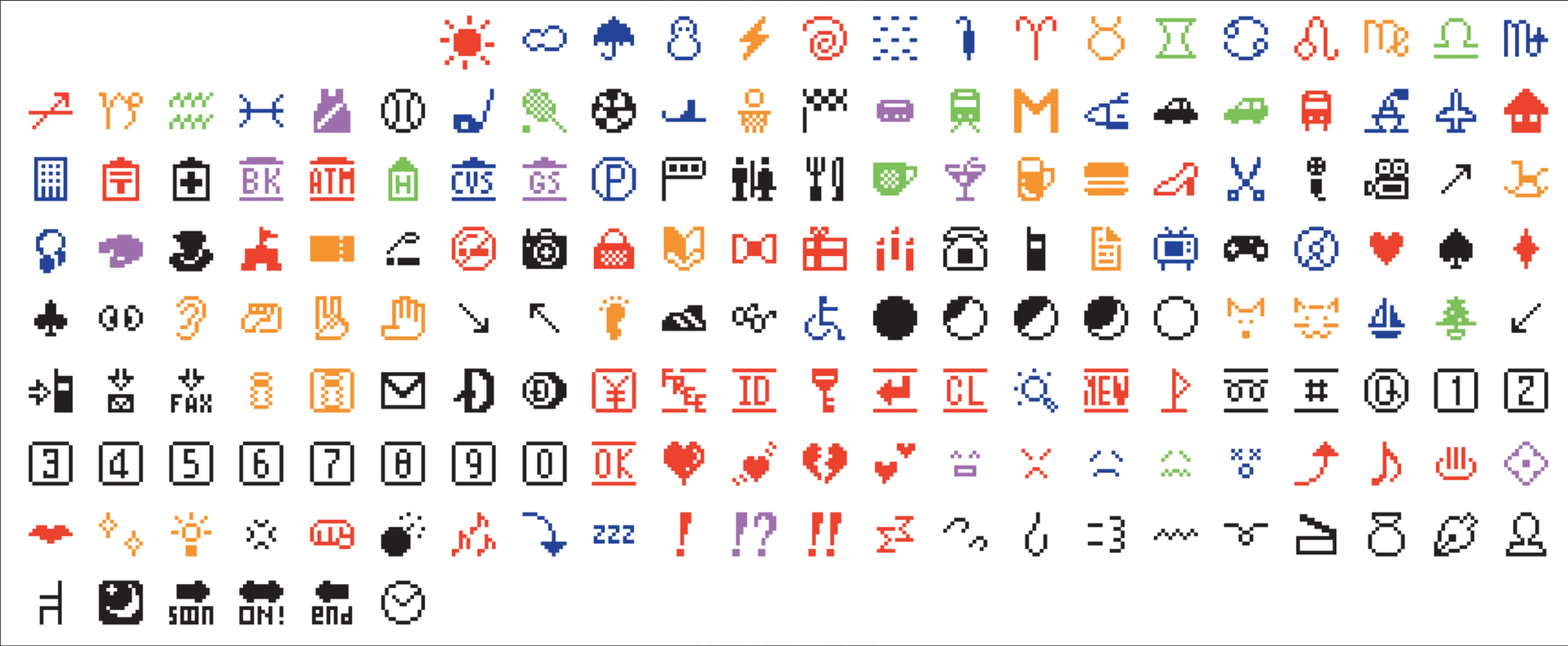Emojis are everywhere. Slowly but surely they’ve been integrating themselves into your text conversations and even billboards.
But where did they come from? How can we look at them and their evolution? What do they mean for the future of visual communication? Are we heading towards an era where all text will be substituted for pictures - going full circle back to hieroglyphics?
Defining an Emoji
For those unaware, Merriam-Webster Dictionary defines an emoji as,
“Any of various small images, symbols, or icons used in text fields in electronic communication (as in text messages, e-mail, and social media) to express the emotional attitude of the writer, convey information succinctly, communicate a message playfully without using words, etc.”
Basically, they serve to add emphasis to text or to represent an idea from the text when you’re communicating digitally.
Originally meaning pictograph, the word emoji comes from Japanese e (絵, "picture") + moji (文字, "character"); the resemblance to the English words emotion and emoticon are purely coincidental.
The first emojis were created in 1999 by Japanese artist Shigetaka Kurita.

Designed on a 12x12 pixel grid, the original emojis were created for Japenese telecom NTT DOCOMO and were meant to enhance the visual interface for DOCOMO’s devices, like mobile phones and pagers.
Through a UX Lens
From a user experience standpoint, emojis offer instant recognition - taking into consideration the sender and receiver, and ultimately valuing everyone’s time. What can be said it a few words can be sent in a small image, with the same emotion being conveyed in seconds.
Imagine if instead of a Facebook “Like” users needed to manually type out “I like this.” It wouldn't be a very effective use of time, and would ultimately create a negative user experience.
Emojis are not just decorative elements; they serve a purpose. They help user engagement as well as build trust and empathy. There's a sort of human psychology aspect to emojis as well. People generally seek out familiar design, which can explain why emojis were so easy to adopt and use.
In their basic form, emojis have been used to rate customer experience for quite a while. How was your experience with our staff? Thumbs up or thumbs down. How are you feeling? Happy face or sad face. It’s a simple yet effective way to visually communicate an emotion.
Take a look at the Mr. Yuk imagery below, created to label and represent poisonous substances. It doesn’t rely on the text so much as color and imagery to convey the meaning - the neon green and the disgusted expression makes it easy for even children to understand the meaning.

So what now?
Now that we’ve taken a look back to the past, let’s look at the future of emoji use. Will they be key to the future of communication and marketing efforts?
Already companies and marketing teams are embracing the usage of emojis to appeal to younger users and convey a fun, personable vibe. For example, Slack allows users to add emojis in the form of reactions to an individual message within chats.

Emojis are an interesting way to communicate. Though relatively new, they’ve had a varied history and their usage seems to be growing every year. They offer an interesting discussion as to where they fit in in the realm of user experience, and how they can be used as tools to engage and analyze users’ emotions.
In short, emojis are friendlier, easier, more accessible, straight-forward, and less intimidating than traditional means of messaging - and are only increasing in popularity.
